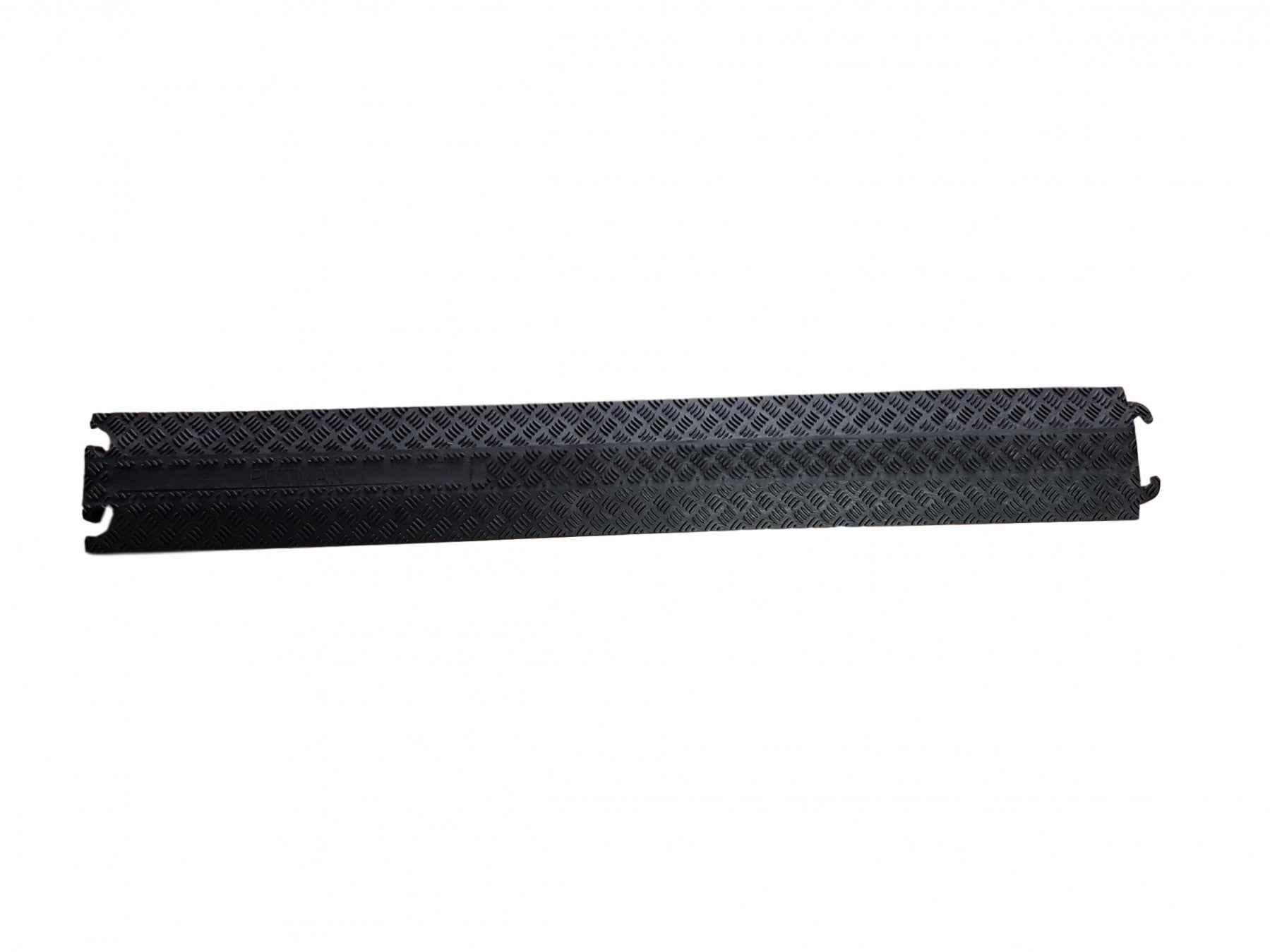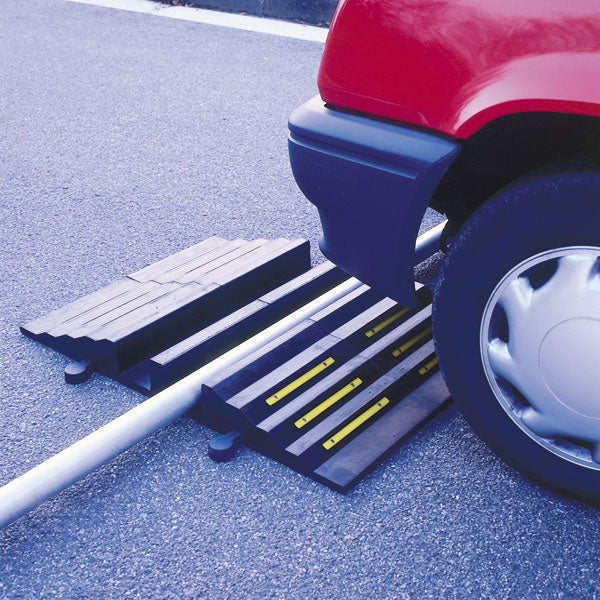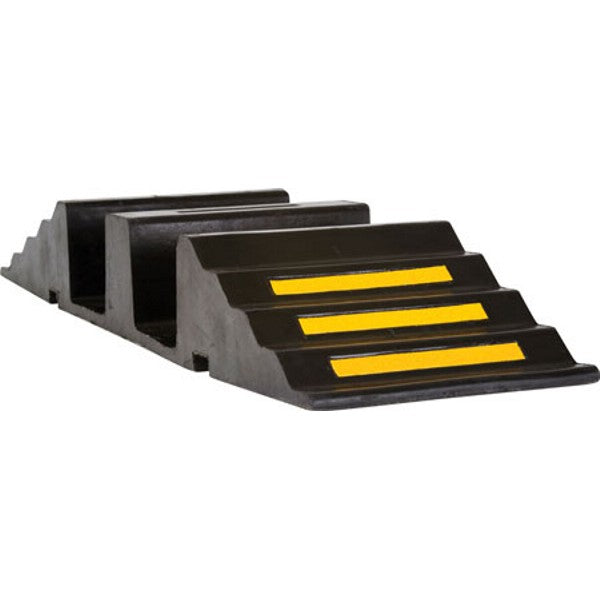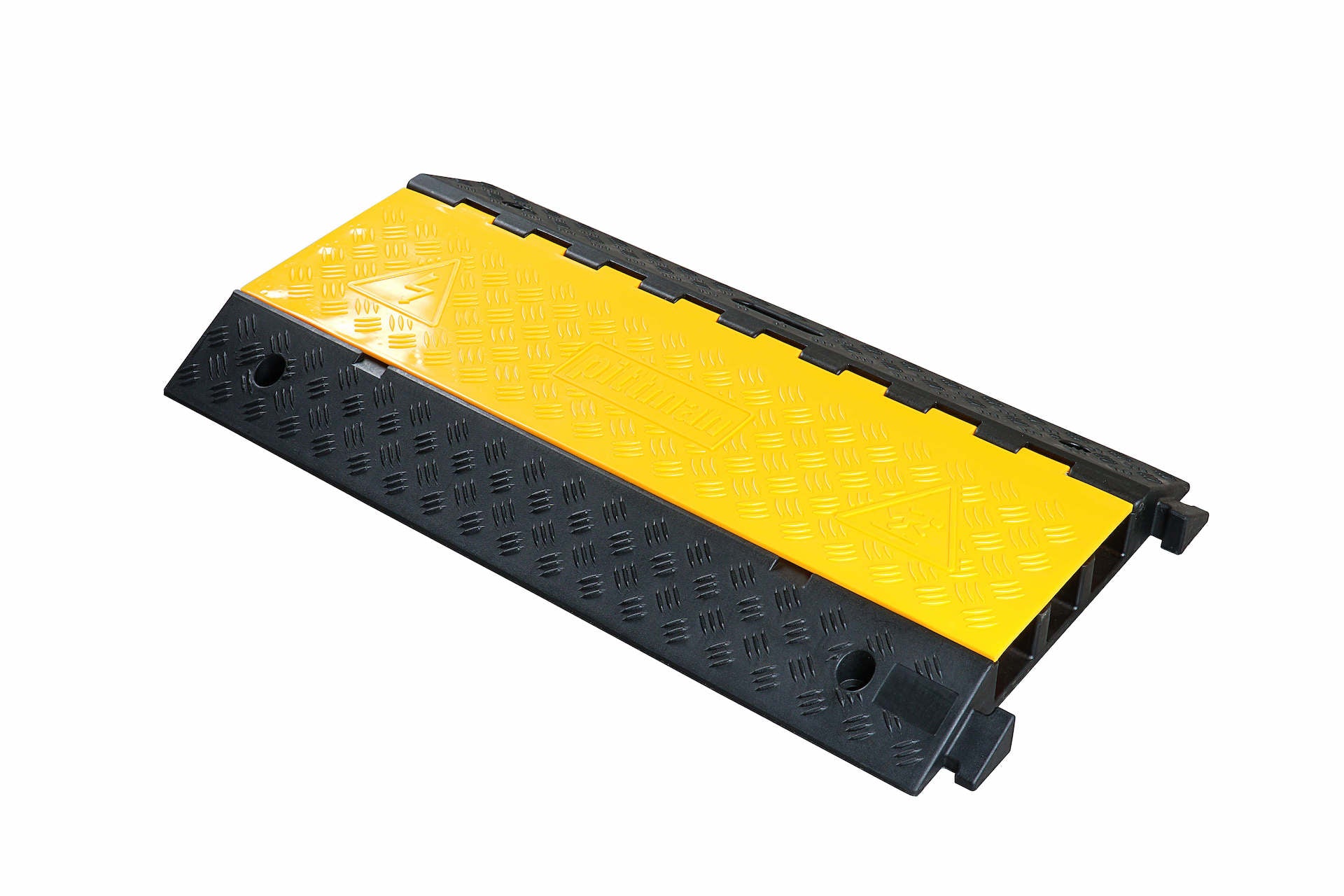Cable Ramp
A wide range of pedestrian and vehicle Cable Ramps, designed to protect cables and reduce trips. Durable, versatile, and ideal for workplaces, events, and sites.

GHP Cable Tidy - Protection Ramp Indoor 1M
Sale price€18.00ex VAT
Our Go To Cable Protector For Power Cables

HR3 Fire Hose Protection Ramps
Sale price€107.68ex VAT

CR2 Pedestrian Cable Cover
Sale price€52.00ex VAT
Our Best-Selling Cable Ramp for Pedestrian Traffic

JSP Ridgeback® Cable Ramp
Sale price€999.99ex VAT

HR4 Hose Ramp
Sale price€108.00ex VAT

Cable/Hose Protection Ramp - 5 Channel
Sale price€92.00ex VAT
Protects up to 5 Cables from HGV Traffic

Linebacker® 5 Channel Cable Protection Ramp
Sale price€999.99ex VAT

Guard Dog® ADA Cable Protector - 5 Channel
Sale price€999.99ex VAT

Multiple Hose/Cable Protector for Pedestrian Traffic
Sale price€675.00ex VAT

HR5 Hose Ramp
Sale price€149.00ex VAT












